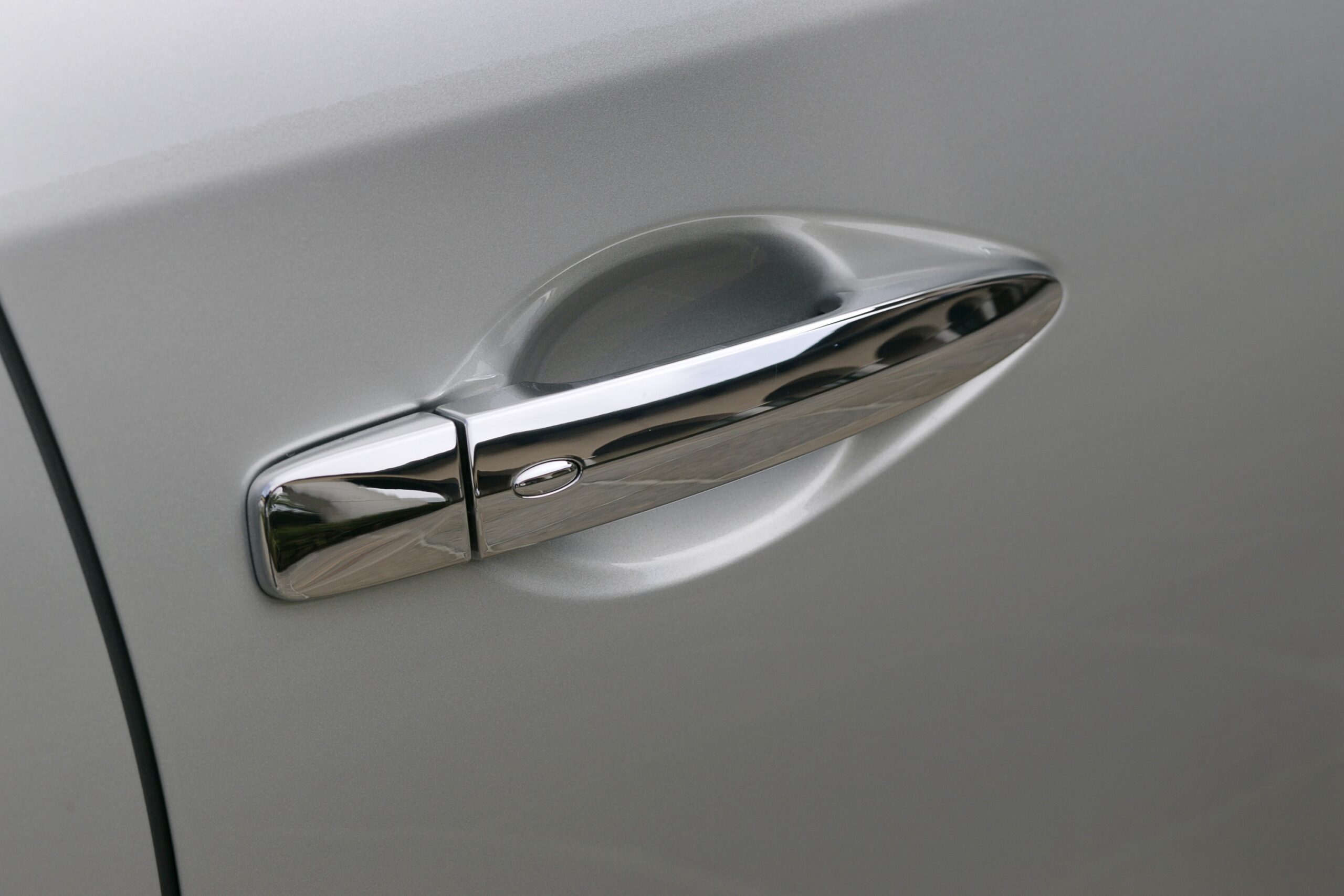If you’ve noticed your brickwork starting to crumble and deteriorate, you may be dealing with a common issue known as brick spalling. This article will guide you through understanding what brick spalling is, its causes, signs, repair methods, preventive measures, and why addressing it promptly is crucial for maintaining the integrity and aesthetics of your property.
Introduction to Brick Spalling
Brick spalling refers to the deterioration of bricks, typically characterized by the flaking, crumbling, or breaking away of the surface layer. This can occur due to various factors, ranging from weathering to water damage.
Causes of Brick Spalling
Weathering
One of the primary causes of brick spalling is exposure to harsh weather conditions over time. The constant exposure to rain, wind, and sunlight can gradually wear down the outer layer of bricks, leading to their deterioration.
Water Damage
Water penetration into the brickwork can also cause spalling. When water seeps into the pores of bricks and freezes during cold weather, it expands, putting pressure on the brick structure and causing it to crack and break apart.
Freeze-Thaw Cycles
Regions with fluctuating temperatures are particularly susceptible to brick spalling due to freeze-thaw cycles. The repeated expansion and contraction of moisture within the bricks weaken their structure, eventually leading to spalling.
Signs of Brick Spalling
Identifying brick spalling early is essential for prompt repair and preventing further damage. Some common signs include:
- Crumbling and flaking of brick surfaces
- Discoloration or efflorescence on bricks
- Formation of gaps, cracks, or holes in the brickwork
Importance of Repairing Brick Spalling
Ignoring brick spalling can result in more extensive damage to your masonry, compromising its structural integrity and aesthetics. Timely repair not only preserves the appearance of your property but also prevents potential safety hazards.
Methods for Repairing Brick Spalling
Surface Patching
Surface patching involves applying a thin layer of mortar or specialized patching compound over the damaged areas to restore the surface. While this method is suitable for minor spalling, it may not address underlying structural issues.
Tuckpointing
Tuckpointing, also known as repointing, involves removing deteriorated mortar joints and replacing them with fresh mortar. This method not only repairs spalling but also strengthens the brickwork, enhancing its durability.
Brick Replacement
In cases of severe spalling, where individual bricks are extensively damaged, replacing them may be necessary. This involves carefully removing the damaged bricks and installing new ones to restore the integrity of the masonry.
Steps to Repair Brick Spalling
Inspection and Assessment
Before commencing repairs, thoroughly inspect the affected areas to assess the extent of the damage and identify underlying issues contributing to spalling.
Preparation
Prepare the work area by cleaning the surface and removing any loose debris or damaged material. This ensures proper adhesion of repair materials and improves the effectiveness of the repair process.
Repair Process
Depending on the chosen repair method, carefully follow the instructions for applying patching compounds, performing tuckpointing, or replacing bricks. Pay attention to detail and ensure proper bonding and alignment for a seamless finish.
Finishing Touches
Once the repairs are complete, allow sufficient time for the materials to cure and set. Then, apply any necessary finishing touches, such as matching the mortar color or applying a protective sealant, to enhance the appearance and longevity of the repair.
DIY vs. Professional Repair
While minor brick spalling repairs can be tackled as DIY projects by homeowners with the necessary skills and tools, more extensive damage or structural issues may require professional intervention. Consulting with a qualified mason ensures proper diagnosis and execution of repairs, minimizing the risk of further damage.
Preventive Measures for Brick Spalling
Sealants and Waterproofing
Applying sealants or waterproofing coatings to the brickwork helps repel moisture and prevent water penetration, reducing the risk of spalling due to water damage.
Regular Maintenance
Perform routine inspections of your brickwork to identify any signs of deterioration early on. Promptly address any issues, such as damaged mortar joints or cracks, to prevent them from escalating into more significant problems.
Conclusion
Brick spalling is a common issue faced by property owners, but with timely detection and proper repair, its impact can be mitigated. By understanding the causes, signs, and repair methods discussed in this article, you can effectively restore your masonry and preserve its integrity for years to come.
FAQs (Frequently Asked Questions)
- How can I tell if my bricks are spalling?
- Look for signs such as crumbling or flaking surfaces, discoloration, and gaps in the brickwork.
- Can I repair brick spalling myself?
- Minor repairs can be done DIY, but for extensive damage, it’s advisable to seek professional help.
- What causes brick spalling in the first place?
- Factors like weathering, water damage, and freeze-thaw cycles contribute to brick spalling.
- Is preventive maintenance effective in avoiding brick spalling?
- Yes, regular inspections and maintenance can help identify and address issues before they worsen.
- How long does brick spalling repair typically take?
- The duration depends on the extent of the damage and the chosen repair method, ranging from a few hours to several days.




